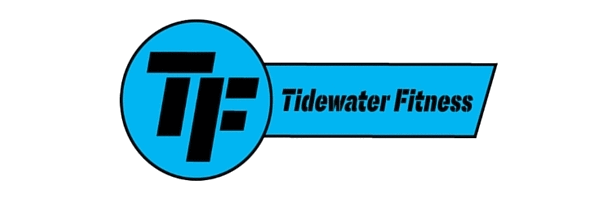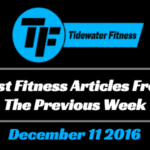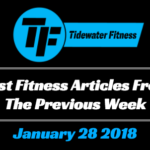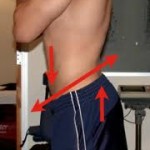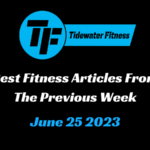We all know that a solid fat loss program and good nutritional habits are absolutely essential to getting leaner. You can’t have one without the other. They go together like lamb and tuna fish (Adam Sandler fans will get that :)).
One thing I see probably more than anything at the gym is people wandering around aimlessly not knowing what to do exactly to achieve this goal. They’ll usually hop from treadmill to machine, then finish off with some biceps curls and call it a day.
Unfortunately, this isn’t the most efficient way to lose fat. Most of these people know what they want to look like, they just don’t know how to get there.
In this article, I want to share how you can set up your own program easily.
Resistance training always makes up the bulk of my training and my clients. Building strength should be your primary focus when trying to lose fat.
Here’ why:
The amount of muscle mass you have is the primary determinant of how many calories you burn on a given day. It’s also responsible for your work capacity, meaning the amount of work you can do in the gym.
The more muscle mass you have, the better you’ll be at burning calories. This means it will be a lot easier for you to lose fat and maintain your results.
You’ll also be able to handle more training stress thus improving your work capacity. This basically means that you will be able to lift more weight, do more sets, or do the same amount of sets and reps in less time.
That second part is important because if you do the same thing over and over, your results will eventually plateau. The stimulus needs to change in order to keeping seeing results. Anytime you lift more weight, do more sets, or decrease rest you’re subjecting your body to a slightly different stimulus thus set yourself up for continuous results.
I’m not saying you have to change things up every single day. But you do need to progress your exercises. That’s why the people in the gym you constantly see doing the same exercises over and over again still they look exactly the same.
Another method that you see overused is HIIT or High Intensity Interval Training. I’ve written about this in the past, but many believe they have to crush themselves in the gym to see results. If they aren’t sore, they didn’t work hard enough!
This isn’t the case, and it usually ends in feeling like you got run over by a mac truck. You feel sore, tired, and lethargic. And the worst part is, no results.
However, it is important for fat loss, just not the way most people do it. Research has shown that high intensity, short duration work actually increases energy expenditure when compared to longer duration (1). That’s why it will be important to include it in your program.
So this brings me back to my original purpose of showing you how to create an effective fat loss program.
Resistance training should be done a minimum of 2-3 times per week for about 30-60 minutes. It’s important to work major muscle groups and movement patterns of the body using compound exercises. These are:
1. Squat- Goblet squats, back squats, split squats, lunges
2. Hinge- Deadlifts, glute bridges, RDLs, hip thrusts
3. Pull- Pull-ups, batwing rows, 3 points rows, inverted rows
4. Press- Push-ups, dumbbell overhead presses, chest press, landmine presses
5. Core/trunk- Deadbugs, planks, loaded carries, pallof presses
If you are able to get 2-3 days in per week, you need to hit each of these movements in each session. If you have extra time and can get 4 days per week, its ok alternating between upper body one day and lower body the next.
So, here’s what a sample workout would look like on plan where you can train 2-3 times per week.
1A. Goblet Squat: 4 x 8
2A. Pull-Up: 3 x 8
2B. Single Leg Hip Thrust: 3 x 12/s
3A. Push Up: 3 x 10
3B. Farmer’s Carry: 3 x 50 yards
The first exercise would be done by itself since it’s the only exercise with the number 1. Each exercise with the same number would be paired together in a superset. You would perform 1 set on the first exercise (A), then perform a set on the second exercise (B). Doing this takes less time in the gym, so you can get in and out of there.
As far as reps go, it needs to be challenging. Most people make the mistake of lifting light weight for high reps. You need to start by lifting heavy weight for moderate reps. Shoot for anywhere in the 6-12 rep range for each exercise with 2-4 sets.
Rest time will be dependent on the person. For each single exercise you do, like the goblet squat for instance, rest 30-45 seconds in between each set. For each superset, rest about 45-60 seconds between each round in the superset. If you need longer that’s fine, just don’t waste time.
Change up your program every 4-6 weeks and you’ll be set!
HIIT will be an important component to your program as I mentioned earlier. The problem most people make with it is trying to make their high intensity session last for 40 minutes. You just can’t go that intense for that length of time.
Studies have shown that you can perform a high intensity exercise session for a short amount of time and it still beats long duration cardio work for fat loss.
One study had two groups perform either sprints or endurance training 3 times per week for 6 weeks (2). The sprint group did 4-6, 30 second all out sprints with 4 minutes of recovery between each. The endurance group ran 30-60 minutes at 65% of max heart rate. The high intensity group lost more fat mass (12.4%) than the endurance group (5.8%) at the end of the study.
So how do you incorporate this into your fat loss program? By including it at the end.
The subjects in the previous study did a total of 2-3 minutes of work each session and achieved more fat loss than the endurance group. So adding a high intensity finisher to your program is the perfect solution.
A finisher is any exercise or group of exercise done at a high intensity with little to no rest. For example, you could perform 6 treadmill sprints like participants in the study. Another example would be performing 6 sets of 10 kettlebell swings with 30 seconds of rest between sets.
The trick is it must be challenging, intense, and short in duration. It needs to be short so you can exert maximum effort. That’t what makes it so powerful. So 1-2 times per week, throw a 5-10 minute finisher at the end of your workout.
If you want some ideas for finishers, I wrote a free e-book with 25 of them. You can grab a copy by clicking here.
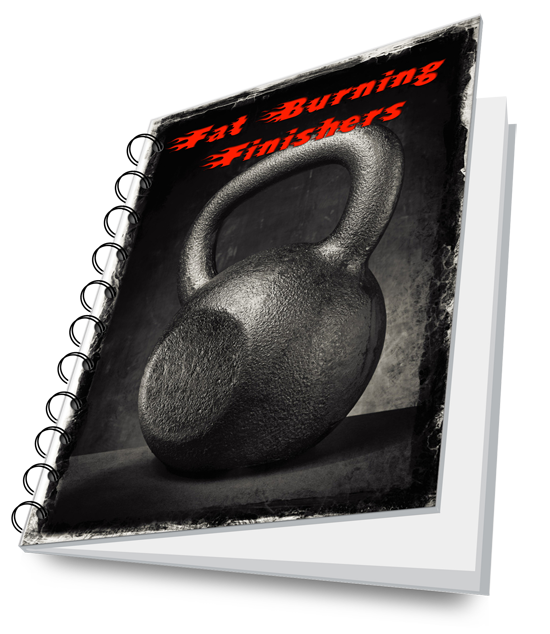
One last component that I want to highlight is walking. Walking is a great way to relieve stress and help you recover. Most of us live in a state of high stress.
This means our sympathetic nervous system, the one responsible for fight or flight response is usually dominant. This is good while you’re working out, but not so good during the rest of the day.
Sympathetic dominance is a stressor to your body. Chronic stress makes it almost impossible to burn body fat. One of the main benefits to walking is it helps increase dominance of the parasympathetic nervous system, the one responsible for helping us relax and de-stress.
All you need to is go for a walk 2-3 times a week and you will be good to go.
*****
Many are at a loss when it comes to creating an effective plan for their fat loss goals. I have given you a template you can use time and time again to keep things fresh.
These three components can be used to achieve great results. One of the main factors in not seeing success is simply not doing the work.
Work hard, be consistent, be patient and you will get the body you want!
References:
1. Treuth, M.S., et al. Effects of exercise intensity on 24-h energy expenditure and substrate oxidation. Med Sci Sports Exerc. 1996 Sep;28(9):1138-43.
2. Macpherson, R.E., et al. Run sprint interval training improves aerobic performance but not maximal cardiac output. Med Sci Sports Exerc. 2011 Jan;43(1):115-22.
Photo Credit:
1. http://parentsinthepark.com/5-big-benefits-fat-loss/
